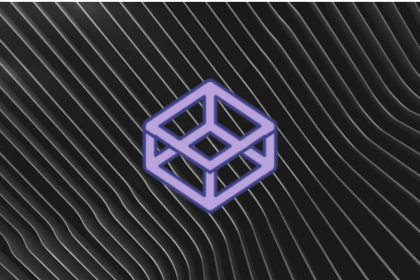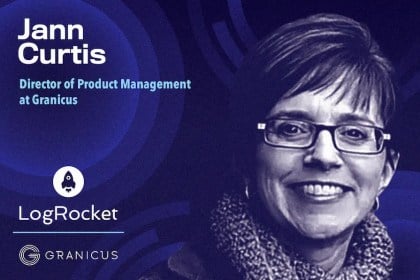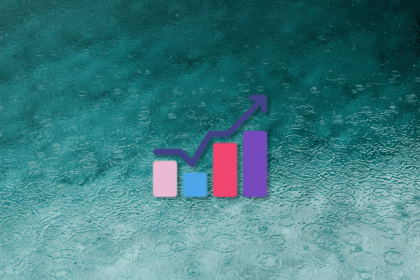
To help demystify stakeholder management, you can use tools that introduce a structured approach for your product team.

Role-definition frameworks like RACI, RAPID, and RASIC take a structured approach to assigning roles and clarifying accountability.

Jann Curtis talks about understanding your audience’s purpose and what they hope to get from the conversation.

Scaled agile is an approach that allows you to extend agile principles across multiple teams, projects, or business units.